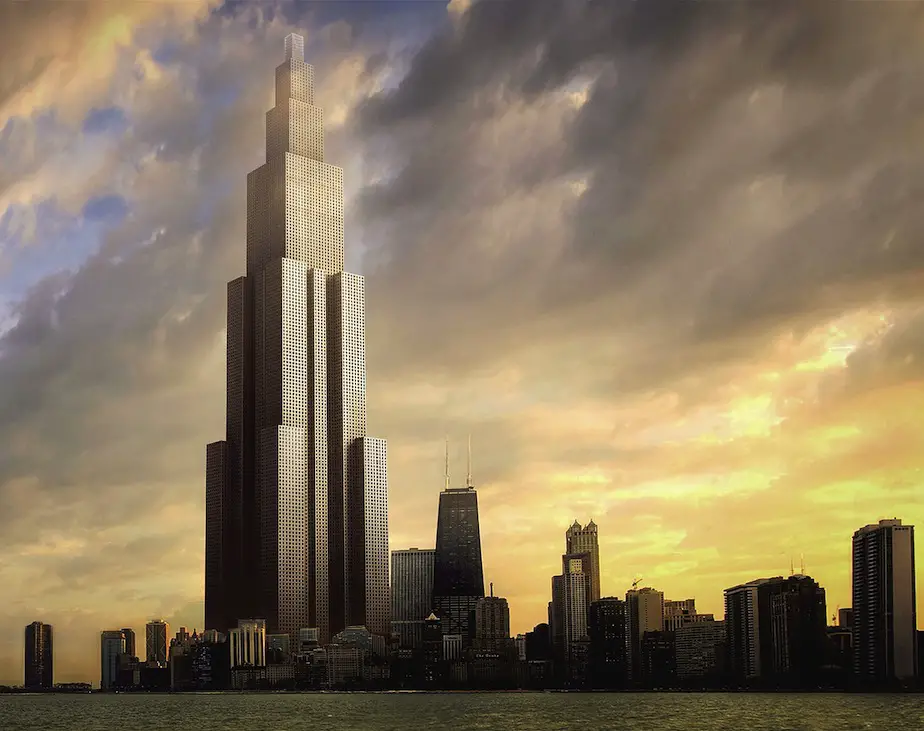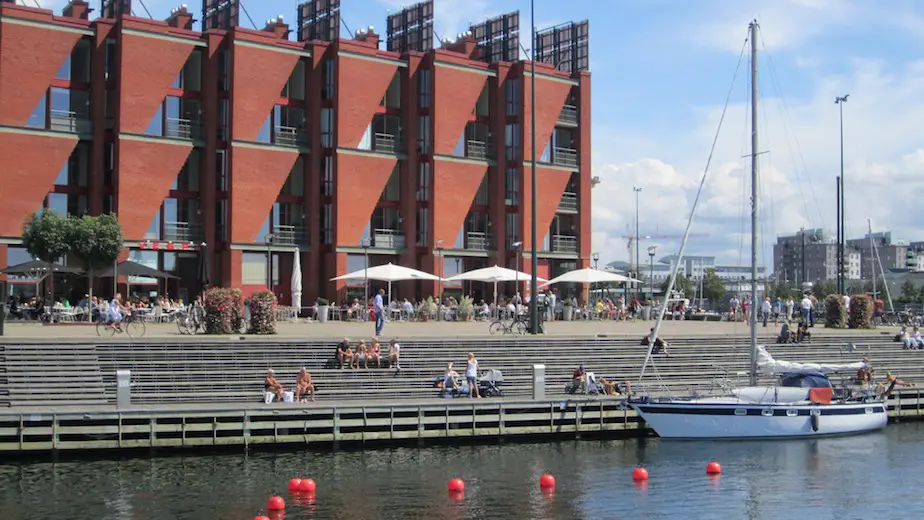Mumbai is one of the most densely populated cities on Earth. It has been experiencing tremendous economic growth and has been rapidly transforming over recent years. However, the city’s ambitious projects have accentuated existing tensions amongst local residents from different socio-economic groups. One such example of this is the slum of Dharavi.
In their book, “Contested Urbanism in Dharavi: Writings and Projects for the Resilient City” Camillo Boano, William Hunter and Caroline Newton of the Development Planning Unit (DPU), University College London offer a unique insight into how communities in the slum of Dharavi are facing such pressures and combine the latest theoretical debates with practice-based learning between MSc students and Dharavi’s local communities.
This Big City had the exciting opportunity to catch up with William Hunter, fellow and lecturer at the DPU, to get some first-hand insights about the book, the project and what the learning experience has been all about.
This Big City: Why this book and what is the rationale behind it?
William Hunter: The book grew out of a desire to cover the studio work we’ve been doing with our MSc students for the past 4 years following an extended field research trip to Mumbai in May 2009. It also features critical essays and reflections on the experience and new forms of urban practice and pedagogy.
Contested urbanism in a sentence. Go.
Contested Urbanism refers to a situation or state of being where the urban realm becomes a emergent battleground for top-down vs bottom up forces, spatial resistance, and divergent socio-political processes.
Why is Dharavi relevant to Mumbai and what does it represent?
Well the situation of slums and informality in Mumbai is certainly not only reduced to Dharavi. In fact it is now no longer the city’s largest slum. But it is the most talked about because of its central location and land value and because it has a global presence in mass media and pop culture (Slum Dog Millionaire). In terms of the city machine it is a hub of local, national, regional and global economy as well as providing for local service systems like waste recycling.
What direction do you see Dharavi heading?
I think Dharavi and its residents will continue to flourish in the way they do now as they await or repel the advancement of their fate at the hands of grand re-development schemes. They will continue to find ways to regenerate the settlements in an everyday bottom-up fashion with the incremental assistance of NGOs and other support mechanisms. Though, in order to really reach an acceptable and equitable level of basic resource provision, the area will need more involved action and caring recognition from local government.
Can this be a learning experience for other cities to look at?
Dharavi can certainly be seen as an extreme personification of contested urbanism or informal settlement dynamics. Due to its prosperous economic activity and the fact that it has been a stage for some of the first activist and social movements surrounding slum dwellers, there is much to learn from the situation in Dharavi. It is very easy to find parallels within other developing countries and the experience has been widely shared. What becomes more intriguing is that it highlights ways in which informal processes can potentially inform or breakdown notions of tiresome neoliberal development and local socio-spatial and socio-economic practices in the so-called West.
Copies of the book are available for purchase by sending an email to dpu@ucl.ac.uk
Photo: padmanaba01


